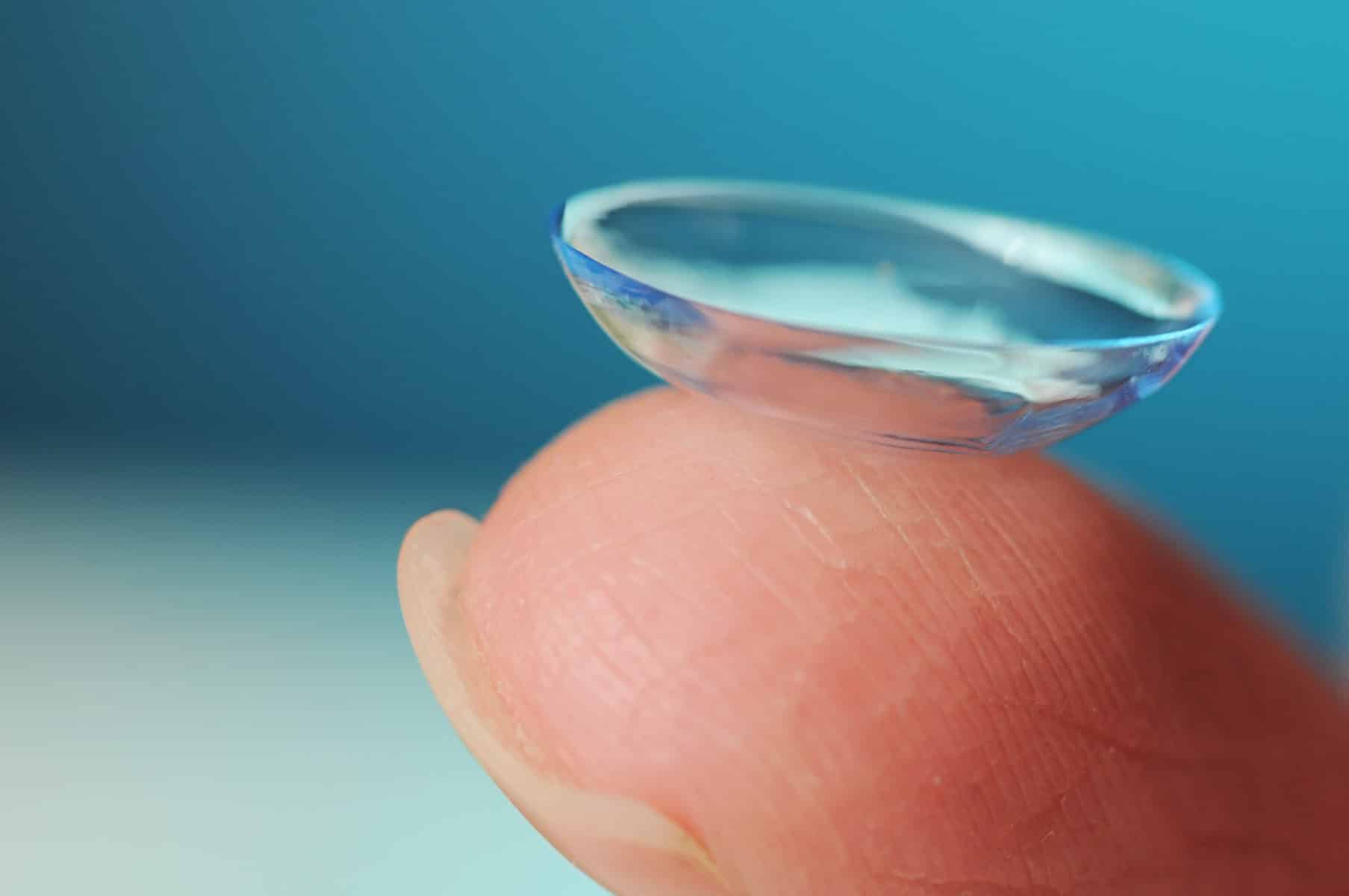Table of Contents
Understanding Your Eye Prescription
To the unknowing person, a contact lens prescription looks incredibly complex with various numbers and abbreviations. Even a regular eyeglass prescription can be overwhelming, and these prescriptions typically only include sphere, cylinder, axis, prism, and base. These together measure things like lens power, astigmatism, and eye alignment.
Contact prescriptions usually include more information to ensure that the contact comfortably fits the eye and corrects vision. Since eyeglasses and contact lenses are different, a person will need separate prescriptions to buy each type of corrective lens.
Ready to consult with a top-rated eye doctor in Michigan?
Book an appointmentHow To Read Your Contact Lens Prescription
OD, OS, and Replacement Meanings
Eye doctors differentiate the eyes by using OD and OS. OD stands for oculus dexter, which refers to the right eye. OS stands for oculus sinister, which refers to the left eye. Sometimes, both eyes will have the same requirements, so the prescription will have OU, meaning oculus uterque. This is not extremely common though, so the OU abbreviation is not used that often.
BC and DIA Meanings
BC, base curve, and DIA, diameter, are two measurements that determine how the contact lens will fit on the eye. Both are measured in millimeters. The base curve measures the curvature of the back of the contact lens. The measure should correlate with the curvature of one’s cornea, and a low BC number means that the curvature of the eye is very steep. The diameter measures the distance from one side of the contact lens to the other and determines where the contact lens edges will rest on the eye. If either of these measurements is incorrect, the eye may experience abrasions or dryness.
PWR and ADD Meanings
These two components are all measured in diopters, and the state of nearsightedness or farsightedness is communicated through a minus sign or a plus sign, respectively. PWR, power, is the amount of correction the lens must provide to bring vision to an acceptable level; the farther the power is from zero, the more nearsighted or farsighted one is. ADD, added power, is similar to regular power except it will have the opposite sign and is used only in bifocal contact lenses. It is likely that each eye will have differences in these measures, which makes it important to differentiate which contact lens goes with which eye.
CYL and AXIS Meaning
CYL, cylinder, is measured in diopters and is used to correct one’s astigmatism. It is usually written with a minus sign to correct for the more nearsighted or least farsighted meridian of the eye. Axis, measured in degrees, must come with cylinder. Axis is a measure of where the cylinder power needs to be to adjust for the shape of the cornea. People with astigmatism have non-spherical-shaped eyes. There are several types of astigmatism, but your eye care practitioner should be able to best correct these without much hassle.
Additional Details in a Contact Lens Prescription
The prescription will include color if the contact lenses are being used to change or enhance eye color. If a person is desiring a different effect, the effect would be written in the color section as well.
The eye care practitioner will also likely recommend a brand of contact lenses and write the brand on one’s prescription. If a person is using a brand of disposable contacts, the prescription will likely include a schedule for a replacement to protect the eyes from old contacts.
Finally, after about a year, the contact lens prescription will expire. The expiration date is written on the prescription.
Book an appointment
Comments are closed.




